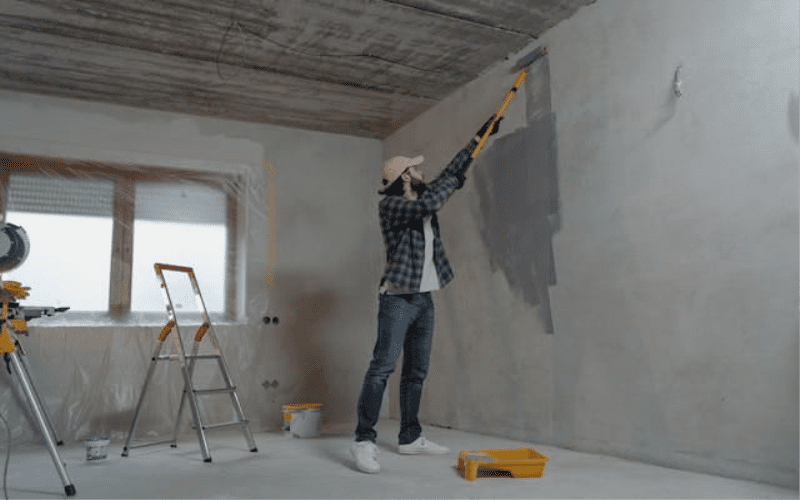Embarking on a home remodeling project can be an exciting yet challenging endeavor, requiring careful planning and preparation to achieve the desired results. Knowing what to expect throughout the remodeling process can help alleviate stress and ensure a smoother experience for homeowners. From initial design considerations to the final finishing touches, each phase of the remodeling journey presents its own set of challenges and opportunities. This article will explore what to expect when remodeling your home, providing insights and tips to help you navigate the process with confidence.
1. Design Phase:
The design phase is where your remodeling dreams begin to take shape as you work with architects, designers, or contractors to conceptualize the layout and features of your renovated space. During this phase, you can expect to discuss your goals, preferences, and budget with design professionals, who will then create preliminary sketches or renderings to visualize the proposed changes. Be prepared to make decisions regarding materials, finishes, and fixtures, as these choices will impact the overall look and feel of your remodeled home. Additionally, please expect to receive feedback and suggestions from design experts to help refine your ideas and ensure they align with practical considerations and building codes.
2. Planning and Permits:
Once the design phase is complete, the next step is to develop detailed plans and secure the necessary permits for your remodeling project. This phase involves finalizing construction drawings, obtaining approval from local authorities, and submitting permit applications for review. Expect to work closely with your contractor or project manager to compile all required documentation and ensure compliance with building codes and regulations. Depending on the scope of your project and local regulations, obtaining permits can take several weeks or even months, so it’s essential to factor this into your project timeline.
3. Demolition and Construction:
With permits in hand, the demolition and construction phase can begin, during which existing structures are removed or modified, and new construction work is undertaken. Expect a flurry of activity as contractors and tradespeople work to transform your home according to the approved plans. While this phase can be disruptive and messy, it’s also an exciting time as you witness your vision coming to life. Be prepared for unexpected challenges or delays that can arise during construction, such as hidden structural issues or supply chain disruptions. Maintaining open communication with your contractor and staying flexible can help mitigate these challenges and keep the project on track.
4. Installation of Exterior Siding and Finishes:
During the remodeling process of your home, one significant aspect to anticipate is the installation of exterior siding and finishes, including board and batten exterior siding. This type of siding adds visual interest and character to the exterior of your home, enhancing its overall curb appeal. This exterior siding features vertical boards with narrow strips known as battens, offering a timeless and attractive aesthetic that complements various architectural styles. Professional installation of this siding ensures precise craftsmanship and attention to detail, resulting in a durable and visually appealing finish for your home. With the incorporation of this exterior siding into your remodeling project, you can expect to achieve a fresh and updated look that enhances the beauty and value of your property.
5. Final Inspections and Touch-Ups:
Once all construction work is finished, the final step is to schedule inspections to verify that the remodel meets building code requirements and safety standards. Expect inspectors to review various aspects of the project, including structural integrity, electrical and plumbing systems, and fire safety features. Address any deficiencies or issues identified during inspections promptly to obtain final approval and close out the permit process. Additionally, plan for some touch-up work and minor adjustments as you settle into your newly remodeled space. This can include painting, caulking, or adjusting doors and cabinets to ensure everything functions smoothly and looks its best.
Conclusion
Remodeling your home is a multifaceted process that requires careful planning, coordination, and execution to achieve the desired outcome. By understanding what to expect at each stage of the remodeling journey, you can approach the project with confidence and minimize surprises along the way. From the initial design phase to the final inspections and touch-ups, each step plays a crucial role in bringing your remodeling vision to life. By working closely with experienced professionals, staying organized, and maintaining open communication, you can navigate the remodeling process smoothly and enjoy the transformation of your home for years to come.

